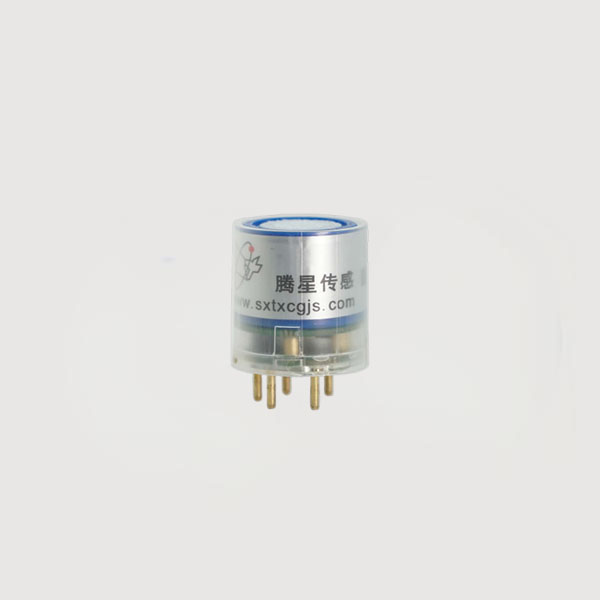

 News
News Industry News
Industry NewsOzone, as a legally approved broad-spectrum, highly effective, and green disinfectant and oxidant, is gaining increasing acceptance. Air disinfectors based on the ozone disinfection principle are gradually becoming part of everyday life.
Ozone has a significant killing effect on many pathogens, molds, viruses, fungi, protozoa, and oocysts. It also effectively removes toxic gases such as CO, NO, SO2, and mustard gas through oxidation reactions, providing immediate disinfection and odor removal. Ozone disinfectors are widely used for daily indoor disinfection, vehicle interior disinfection and odor removal, pesticide removal from fruits and vegetables, disinfection of infant and child supplies, and production of active oxygen water for pet disinfection.
Appropriate ozone concentration is crucial for ensuring effective disinfection, conserving energy, and preventing pollution. Ozone disinfection requires strict standards for concentration and duration. Too low an ozone concentration will not be effective, while too high can be harmful to the human body. Therefore, by adding an ozone sensor to disinfection equipment and intelligently controlling ozone concentration, we can achieve both efficient disinfection and safe use.

TE03-O3 electrochemical Ozone module
It's important to note that, because ozone can be irritating to the human body, ozone disinfection machines should not be used in the same environment. Air disinfection should be performed in an unmanned environment. Do not enter the room immediately after disinfection is complete; wait for 30-60 minutes before re-entering.
Due to the unstable nature of ozone, any residual ozone will decompose into oxygen after several minutes. Once decomposed, it will not affect the human body if introduced into the room.
As the market gradually standardizes, the demand for disinfection and sterilization in daily life will continue to grow, and the ozone disinfection field is expected to see further development.